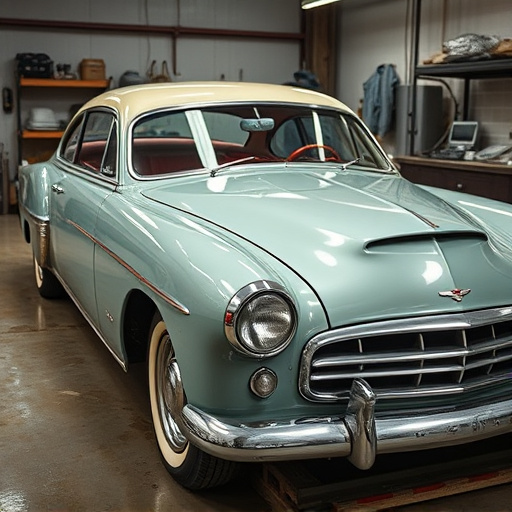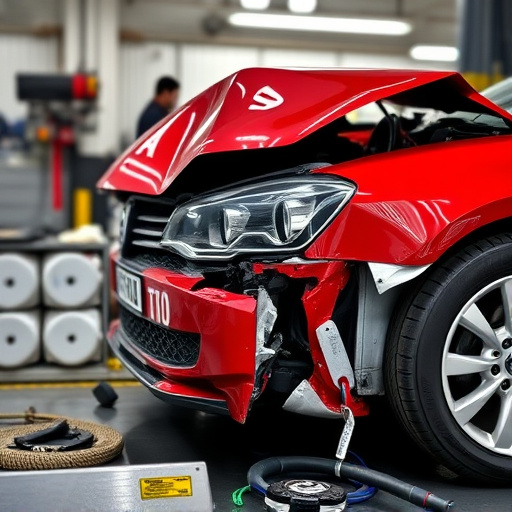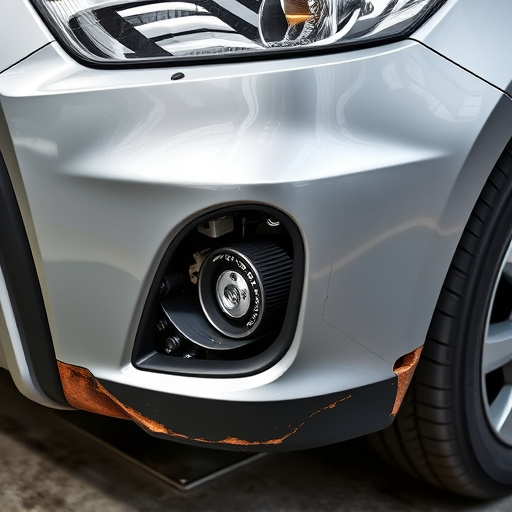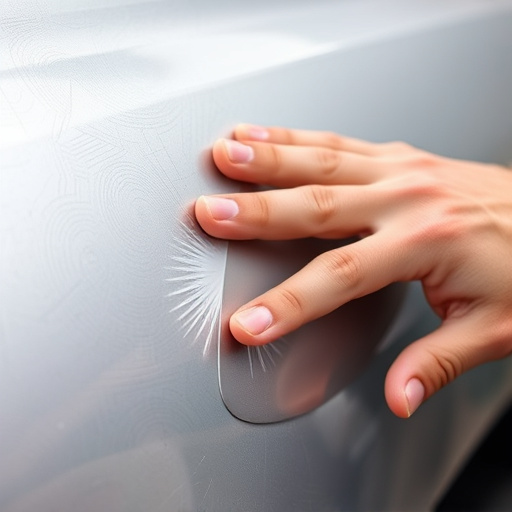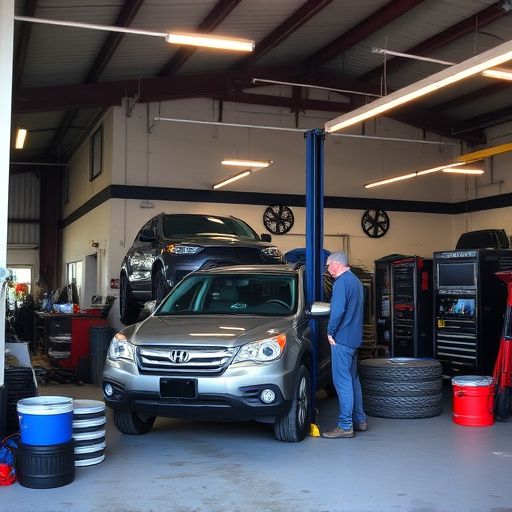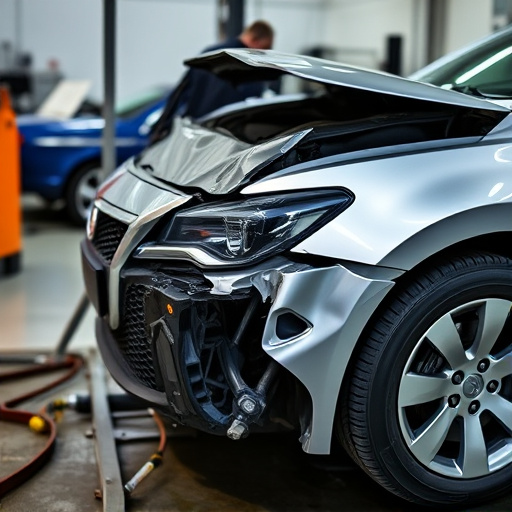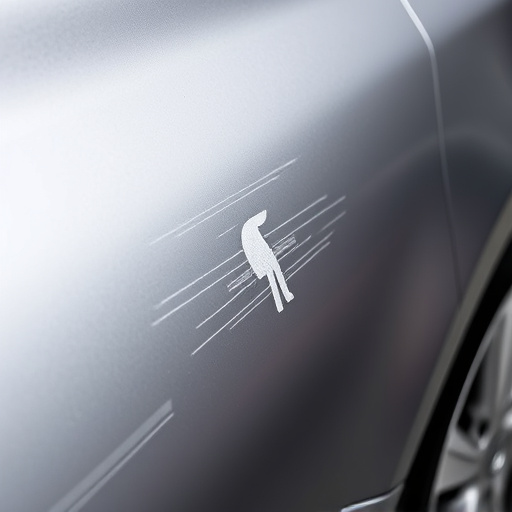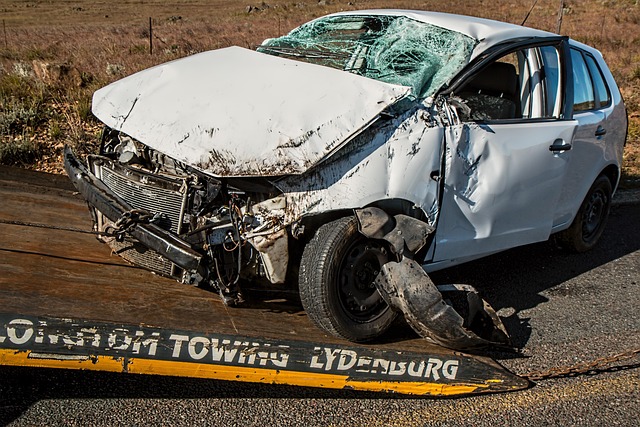OEM repair procedures prioritize vehicle integrity with detailed guidelines for everything from minor dents to engine overhauls. Following these protocols ensures accurate, safe repairs, preserves original conditions, protects warranties, and safeguard's customer investments. Using authentic parts, rigorous technician training, and detailed documentation are key practices for quality and safety in OEM repairs.
In today’s competitive market, understanding OEM (Original Equipment Manufacturer) repair procedures is paramount for ensuring product quality and safety. This comprehensive guide delves into the essentials of OEM repairs, providing a clear roadmap for professionals. From grasping the basic concepts to mastering efficient step-by-step processes, this article equips you with the knowledge needed to navigate complex OEM repair challenges. Additionally, we outline best practices to guarantee consistent, high-quality outcomes while prioritizing safety in every step.
- Understanding OEM Repair Procedures: The Basics
- Step-by-Step Guide to Efficient OEM Repairs
- Best Practices for Ensuring Quality and Safety in OEM Repairs
Understanding OEM Repair Procedures: The Basics
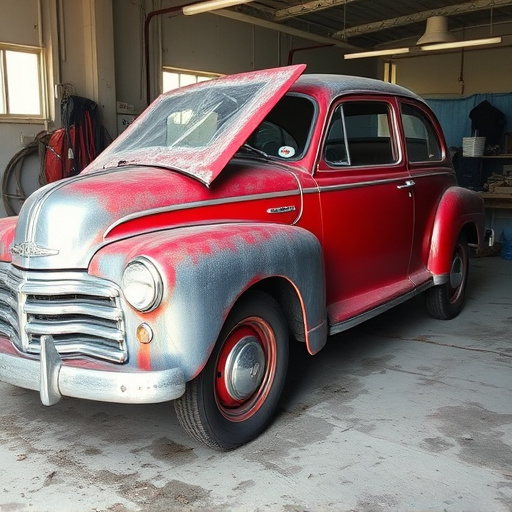
Understanding OEM Repair Procedures: The Basics
OEM (Original Equipment Manufacturer) repair procedures are designed to ensure that vehicle repairs and maintenance align with the specific standards and quality set by the car manufacturer. These procedures provide step-by-step guidelines for everything from simple tasks like car dent repair or minor paint touch-ups, to more complex procedures such as engine overhauls or complete automotive body shop restorations. By following these protocols, technicians can guarantee that repairs are carried out accurately and safely, preserving the vehicle’s original integrity.
For instance, when addressing car scratches or minor dents, OEM guidelines detail specific techniques for removing imperfections without compromising the paint job. In an automotive body shop setting, these procedures become even more critical, dictating the sequence of tasks, tools to use, and materials required to restore a vehicle to its pre-accident condition. Adhering to OEM repair procedures not only ensures the best possible outcome but also protects both the manufacturer’s warranty and the customer’s investment in their vehicle.
Step-by-Step Guide to Efficient OEM Repairs
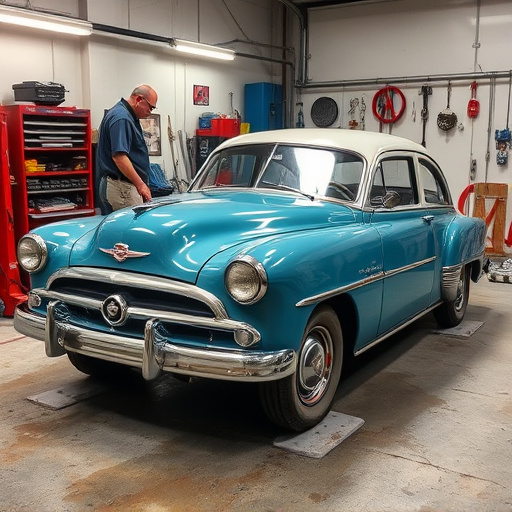
Performing efficient OEM (Original Equipment Manufacturer) repairs requires a systematic approach to ensure high-quality results. Here’s a step-by-step guide for achieving flawless OEM repair procedures:
1. Preparation: Begin by gathering all necessary tools, parts, and materials specific to the repair at hand. This includes examining the damaged area thoroughly, taking accurate measurements, and referencing OEM manuals or technical diagrams to understand the unique requirements of the vehicle. For instance, when dealing with car paint services, ensuring proper surface preparation is paramount to achieving a durable finish.
2. Demontage and Assessment: Carefully disassemble affected components, taking note of their orientation and sequence for easy reassembly later. This step allows for a deeper understanding of the repair scope. In vehicle body repair, identifying hidden damage or related issues within the chassis or frame is crucial to prevent future problems. After assessing each component, document your findings using detailed photographs for reference during the reconstruction phase.
Best Practices for Ensuring Quality and Safety in OEM Repairs
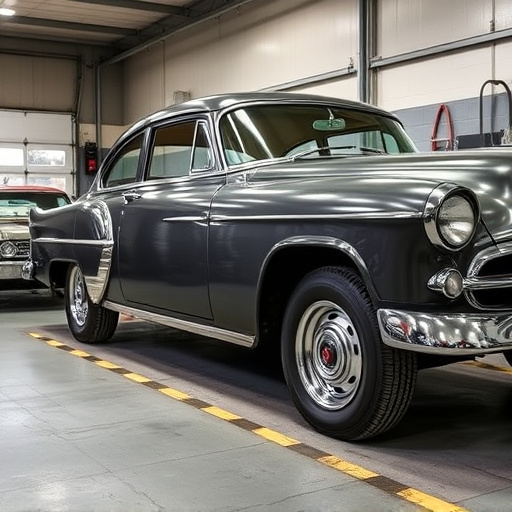
When executing OEM repair procedures, adhering to best practices is paramount to ensure both quality and safety. The first step involves using only authentic parts specifically designed for your vehicle model. This ensures compatibility and maintains the integrity of various components, from engine mechanisms to intricate vehicle bodywork details. Reputable repair facilities invest in high-quality, genuine replacement parts, which are crucial for accurate restoration and long-lasting performance.
Additionally, rigorous training and certification for technicians are essential. Skilled professionals well-versed in OEM repair procedures can accurately diagnose issues, treat damage, and conduct effective collision repair services. They understand the intricacies of modern vehicles, including complex electronic systems and advanced safety features, ensuring that repairs not only fix visible damage like vehicle dent repair but also preserve the overall functionality and reliability of the vehicle.
In conclusion, understanding and implementing proper OEM repair procedures is essential for maintaining product quality and ensuring customer satisfaction. By following a structured approach, as outlined in this article, businesses can streamline their repair processes, minimize errors, and enhance overall efficiency. Adhering to best practices not only guarantees the safety of repairs but also fosters trust and loyalty among clients who value authentic, high-quality replacements. Mastering OEM repair procedures is a game-changer for any industry, enabling businesses to stay competitive in today’s market.
